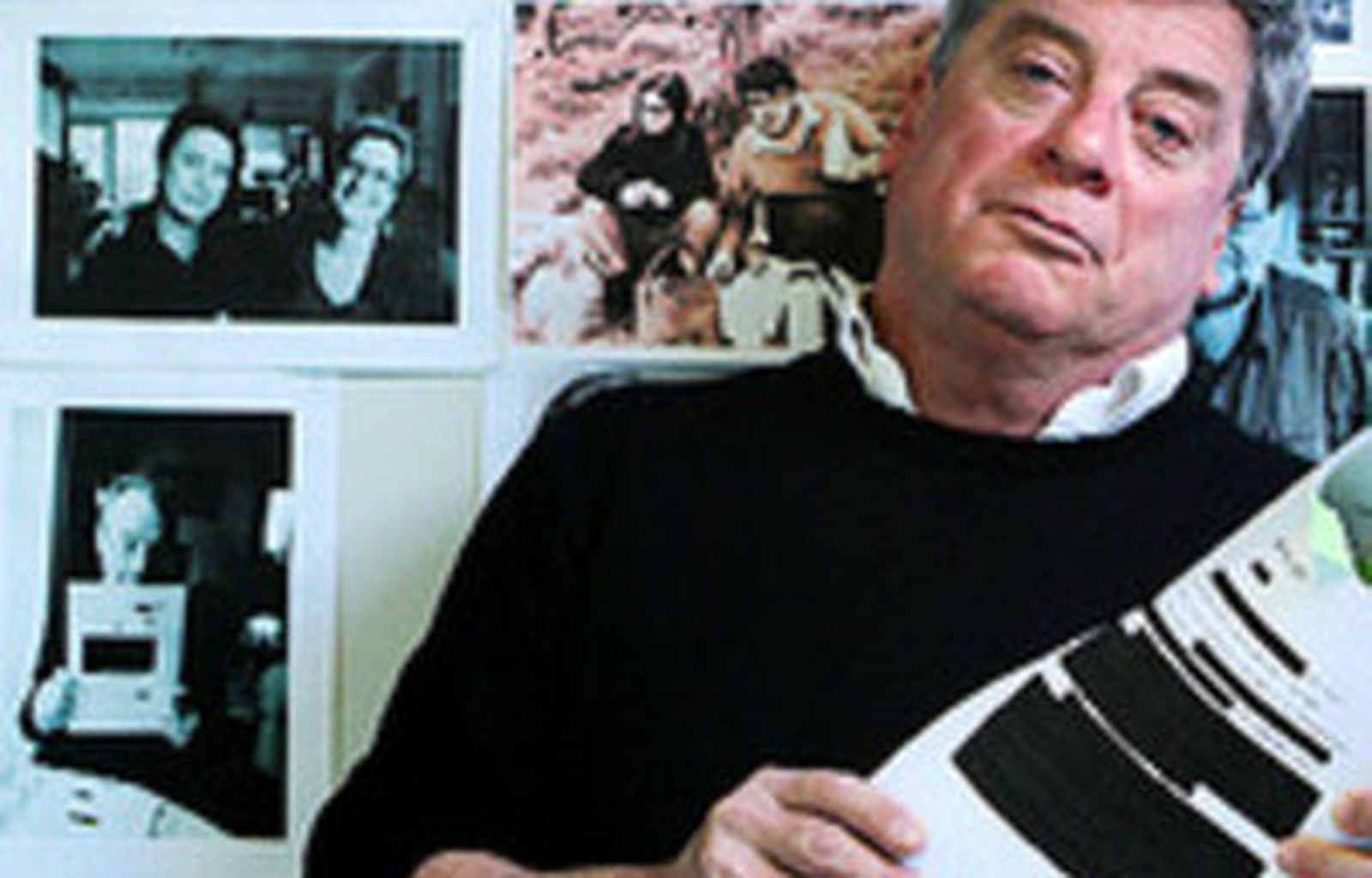The story of 24 hours in the life of four girls who live in the heart of the city. Karli, Jane, Jackie and Ellen have been friends for years. They know how to survive day after day in the urban jungle. No one really questions their lifestyle, but now, before the night is over, each of them will realize that they are running into a dead end. Karli will leave for New York at dawn. She is not sure why her father gave her a plane ticket and some money; and anyway things will get better there. The other girls want to escape when they realize that life will not be the same after Karli's departure.
However, their ideas are not clear at all. Jackie is seriously considering to get into prostitution, Ellen wishes to find a job and a boyfriend and Jane has to fight with alcoholism. But everyone knows that these solutions will not constitute a real way out.
Their night is an odyssey through human wrecks, eccentric types, vicious and nocturnal characters; a prematurely tired generation of life and the world. It is a journey that unites the four women, separating them from others and pushing them to question themselves about selfishness and the value of friendship. Dejected humor in the face of an apparently hopeless situation finally turns into determination, and when the girls bid farewell to Karli there is hope.
As Tiny Tim once said, "there was a lot of blood in the river of time". This is very suitable for describing the realization of Going Down. Four girls who were in exactly the same personal situation as the film describes began working on the screenplay in 1977. They wanted to talk about how they lived and where their lives were going and wanted to express themselves so that their peers could easily understand. Haydn Keenan was involved and thus began an exciting series of meetings (or clashes) for the definition of the screenplay. Several government agencies (actually almost all) were approached to receive funding, with no result. The were all were terrified, they said it could not be done, that no one wanted to see this kind of thing and that in reality there are no people like the characters in the film. They told us to stop bothering them. We obeyed and the result is the making of the film we wanted, a truly independent film. In August 1980 we started filming, with 5,000 dollars available. It was a huge risk and many of the film industry thought we were crazy. We were simply desperate. Going Down was certainly not the kind of film that could be interrupted due to lack of funding. Unlike official institutions, individuals from the film industry helped us by giving us help, lending us the equipment, and generally offering us the moral support that is so necessary when we do not have anything else. The actors and technicians also invested money to help us finish shooting. Three of the authors decided to play themselves, while Tracy Mann was chosen to play the fourth member of the group.
When the shootings were finished, assembly began and money flowed from the private sector, very slowly and with great difficulty. There was a need for some extra shots, but due to unrecoverable controversy with one of the three female actors, it was necessary to replace one of them. We chose Verra Plevnik to play the part of Jane and the shooting started again in August, but this time the year was 1981. 80% of the film had to be shoot again and it took us three weeks. We started editing again. In March of 1982 we had almost reached the end. Another weekend of filming and some music would have ended the work. The tragedy hits us in February of '82. Three days before finishing his work in the film, Verra Plevnik was killed in a car accident on the road to Melbourne. The script had to be modified and its last scene had to be rebuilt from the footage we had already made. Two weeks later, our second assistant director, Chris Maudson, one of the most beloved characters in the Sydney film industry, died suddenly of a brain tumor. We all thought we would absolutely have to finish what for our two friends was left unfinished.
At this point the music industry helped us. When we showed the film to a growing number of musical agents, we were offered a great deal of material. Generosity and professional capacity impressed us positively. We had almost done it. One last step and on the 30 of June 1982 the work was done. Now exactly a year has passed since the end of the film. We have struggled in vain with Australian distributors, more interested in the flasks than in the successes. This fight is now over and the young Australians will be able to judge the value of five years of work.
Biography
film director

Haydn Keenan
Haydn Keenan was born in 1951. He started making movies at 16. He has produced several films. Going Down is his first feature film as director.
FILMOGRAFIA
Stephany (cm); 7 documentari di un'ora per il National Archive; Motion Pictures (cm); This Is Living (special televisivo,); The Running Game (special televisivo, 1982); Going Down (1982).
Cast
& Credits
Screenplay: Julie Barry, Melissa Woods, Moira MacLaineCross.
Fotografia (colore): Malcolm Richards.
Sound: Lloyd Carrick, Little Ashley.
Art director: Melody Cooper.
Editor: Paul Healy.
Cast: Tracy Mann (Karlie), Verra Plevnik (Jane), Julie Barry (Jackie), Moira MacLaineCross (Ellen), Esben Storm (Michael), David Argue (Greg).
Production company: Haydn Keenan.
Italian distribution: Smart St. Films Pty., 3/30 Lamrock Avenue, Bondy Beach, Sydney.


